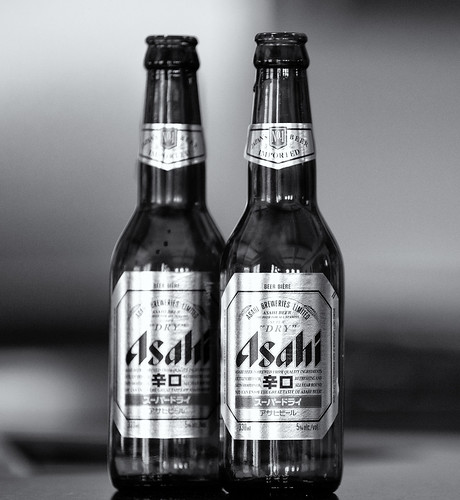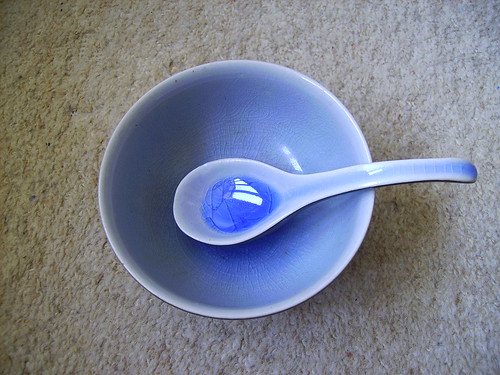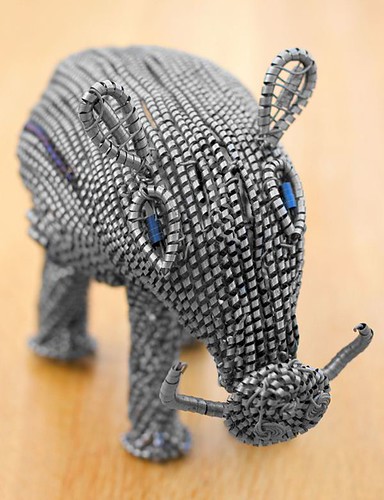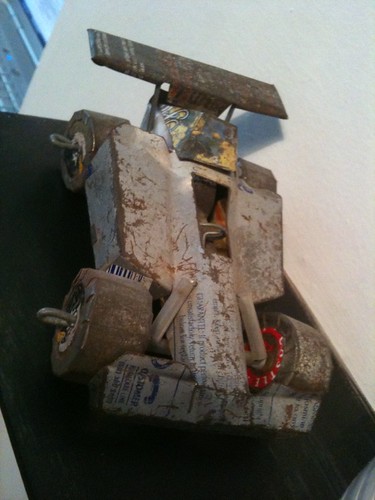No sooner had William and Kate announced their engagement on 16th November 2010 than the rush to produce memorabilia began. Many producers already had designs ready and waiting in anticipation of such an announcement, and in some cases mugs were available almost overnight.
As a museum of the home, the Geffrye’s collections reflect the nation’s tendency to commemorate royal events with homewares. We were allowed into the museum stores to investigate some of the objects from their collection of royal memorabilia.
 |
Royal memorabilia in the Geffrye Museum stores |
This beaker commemorates the coronation of George V in 1911, and includes a local commemorative inscription, in which Bethnal Green is represented as a rural idyll.
 |
Coronation mug of George V, 1911. Geffrye Museum, London |
 |
Coronation mug of George V, 1911. Geffrye Museum, London |
Many would say you can’t have tea without biscuits – never fear, the royal souvenir market has that covered too, as this commemorative biscuit tin, from the coronation of Elizabeth II in 1953 demonstrates.
 |
Biscuit tin commemorating coronation of Elizabeth II, 1953. Geffrye Museum, London. |
One could have enjoyed dunking a nice biscuit from one’s coronation tin (preferably something involving chocolate) into one’s coronation mug.
 |
Coronation mug of Elizabeth II, 1953. Geffrye Museum, London |
Memorabilia of less popular royals is rarer and therefore more valuable today: mugs marking the coronation of the philandering, gambling George IV in 1820, for example, can fetch £3,500. Far more numerous were mugs marking his death, worth around £700 today.
While royal memorabilia was not common until Victorian times, its roots can be traced back to the reign of Charles II (1660-1685), when royal pomp was encouraged after eleven years of royal exile following the execution of Charles I in 1649. The ceramics collection at the Victoria and Albert Museum
From one of the earliest royal commemorative mugs back to the most recent, we're betting that in the long run, these mugs accidentally depicting Harry alongside Kate rather than William will turn out to be the most sought-after souvenirs of the occasion.
Manufacturers of William and Kate mugs do not just have their eyes on the British market, but the international market. Memorabilia connected with the British royal family is popular the world over, especially in theUSA
Manufacturers of William and Kate mugs do not just have their eyes on the British market, but the international market. Memorabilia connected with the British royal family is popular the world over, especially in the
As Asda put it: ‘Nothing says congratulations like your face on a mug.’
It’s just not official unless we can drink tea out of it.












































